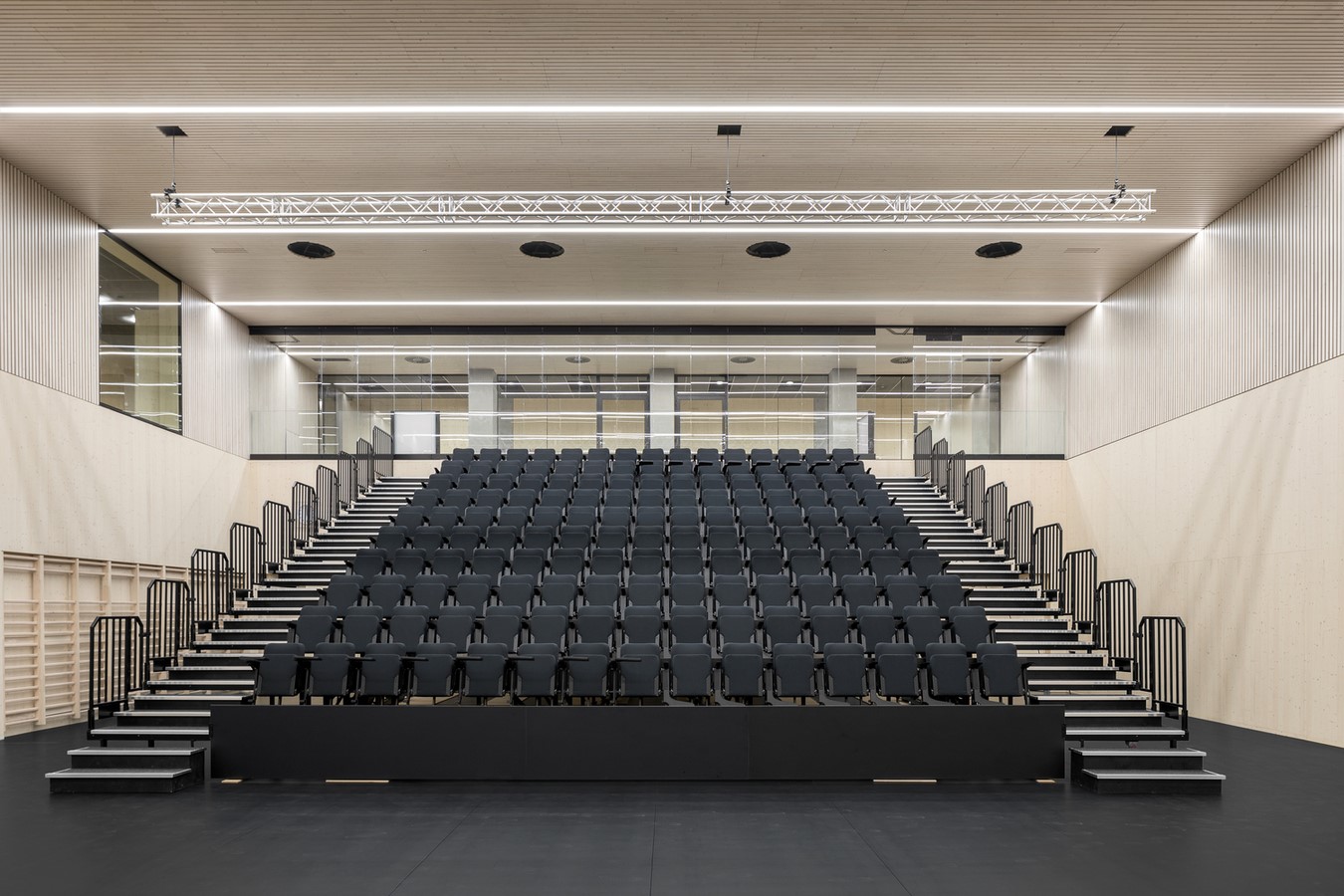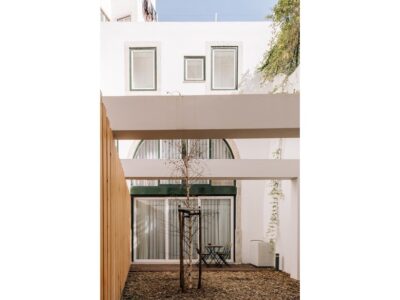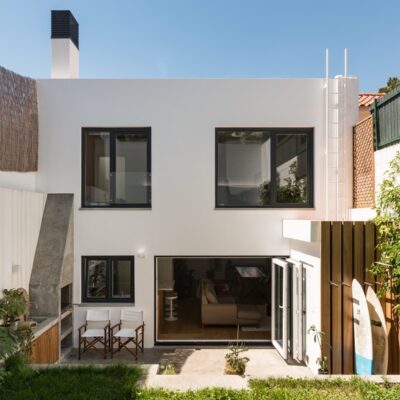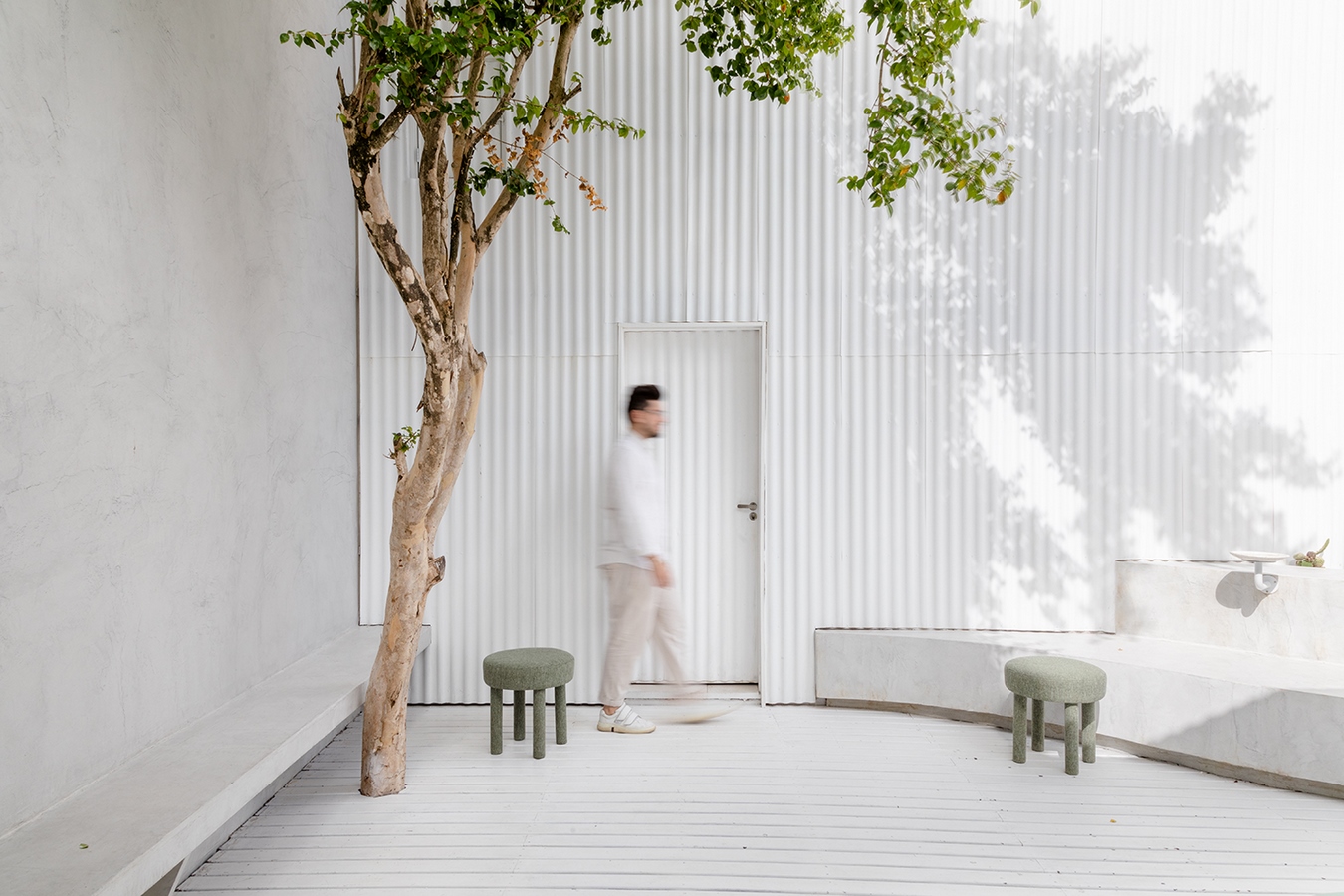Architectural Legacy
The Helsinki Olympic Stadium stands as a symbol of national pride and heritage, embodying a unique blend of functionalist architecture from the 1930s and the iconic external appearance associated with the 1952 Helsinki Olympics. Renowned architects Yrjö Lindegren and Toivo Jäntti won an open architectural competition in the 1930s, paving the way for the construction of this historic landmark.

Evolution Over Time
Over the past 70 years since the Helsinki Olympics, the stadium has undergone numerous adaptations to accommodate evolving usage requirements. However, these changes gradually obscured the purity of its original architecture. The primary objective of the recent conservation and revitalization efforts was to ensure that the stadium retains its historical significance while meeting the demands of modern international sports events.

Restoration and Enhancement
The conservation endeavors meticulously preserved the architectural integrity of the 1930s and 1950s design while introducing essential improvements in functionality and logistics. Through a combination of restoration, repairs, and carefully modified reconstructions, the stadium now boasts new multipurpose facilities accessible to the public. Despite these enhancements, the stadium remains a familiar and cherished monument, evoking a sense of awe with its monumental scale.

Seamless Integration
New entrances to the stands and public galleries were strategically integrated to facilitate smooth movement during events. The restoration process meticulously revived the original plastered facades and visible concrete structures, reinstating their historical appearance. Additionally, old bench rows were replaced with individual seats, and a new canopy now covers the stands, enhancing both comfort and aesthetics.


Expansion and Modernization
To meet contemporary needs, the stadium underwent a significant expansion, adding 20,000 square meters of underground space. This expansion includes versatile facilities and an indoor running track, catering to a diverse range of activities and events. Materials used in the renovation were carefully selected to maintain a connection with the stadium’s history, ensuring a seamless integration of old and new elements.

Timeless Design and Durability
The design philosophy prioritized timeless elegance and durability, with materials such as white concrete, wood, and glass seamlessly blending with the existing structures. The result is a harmonious amalgamation of historical heritage and modern functionality—a refurbished Helsinki Olympic Stadium that honors its past while embracing the future.
- K2S architects / NRT architects 2020, Helsinki Olympic stadium
























Comments